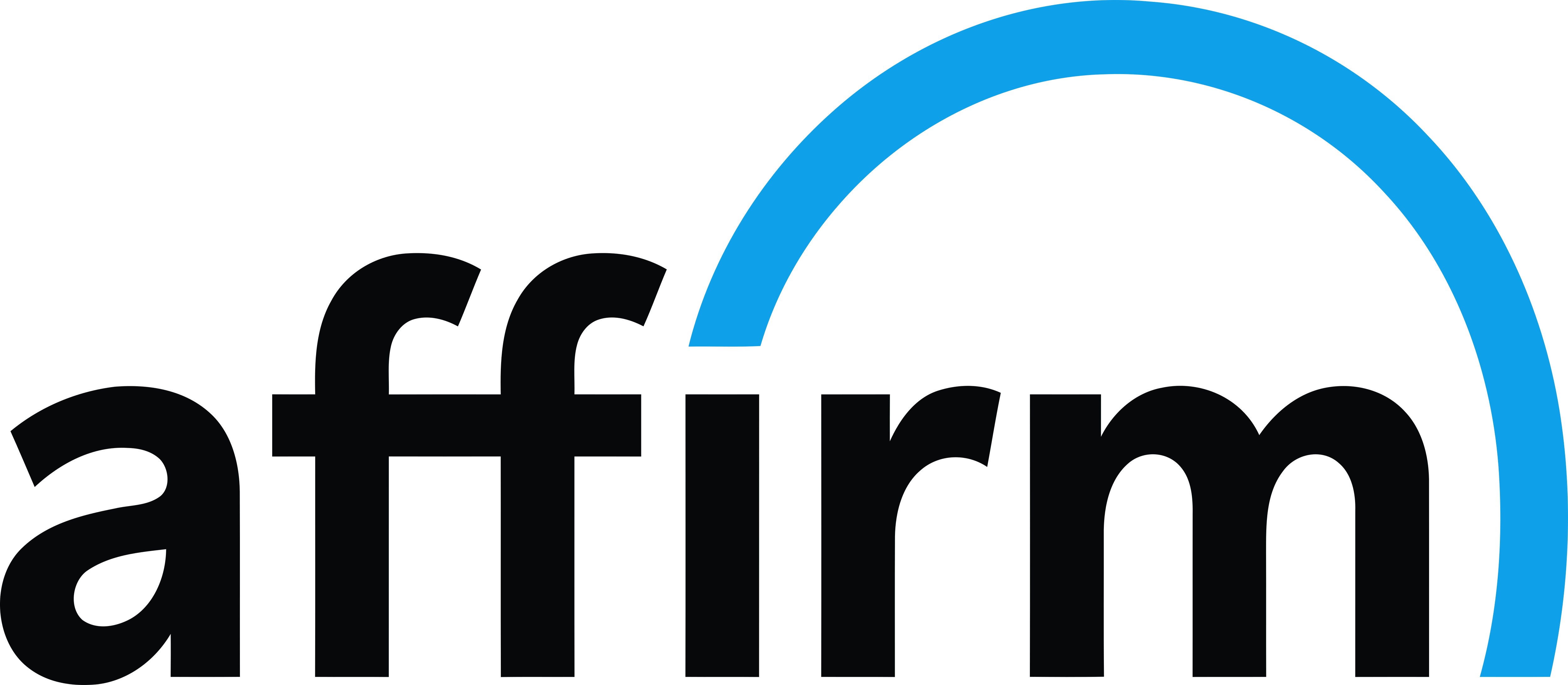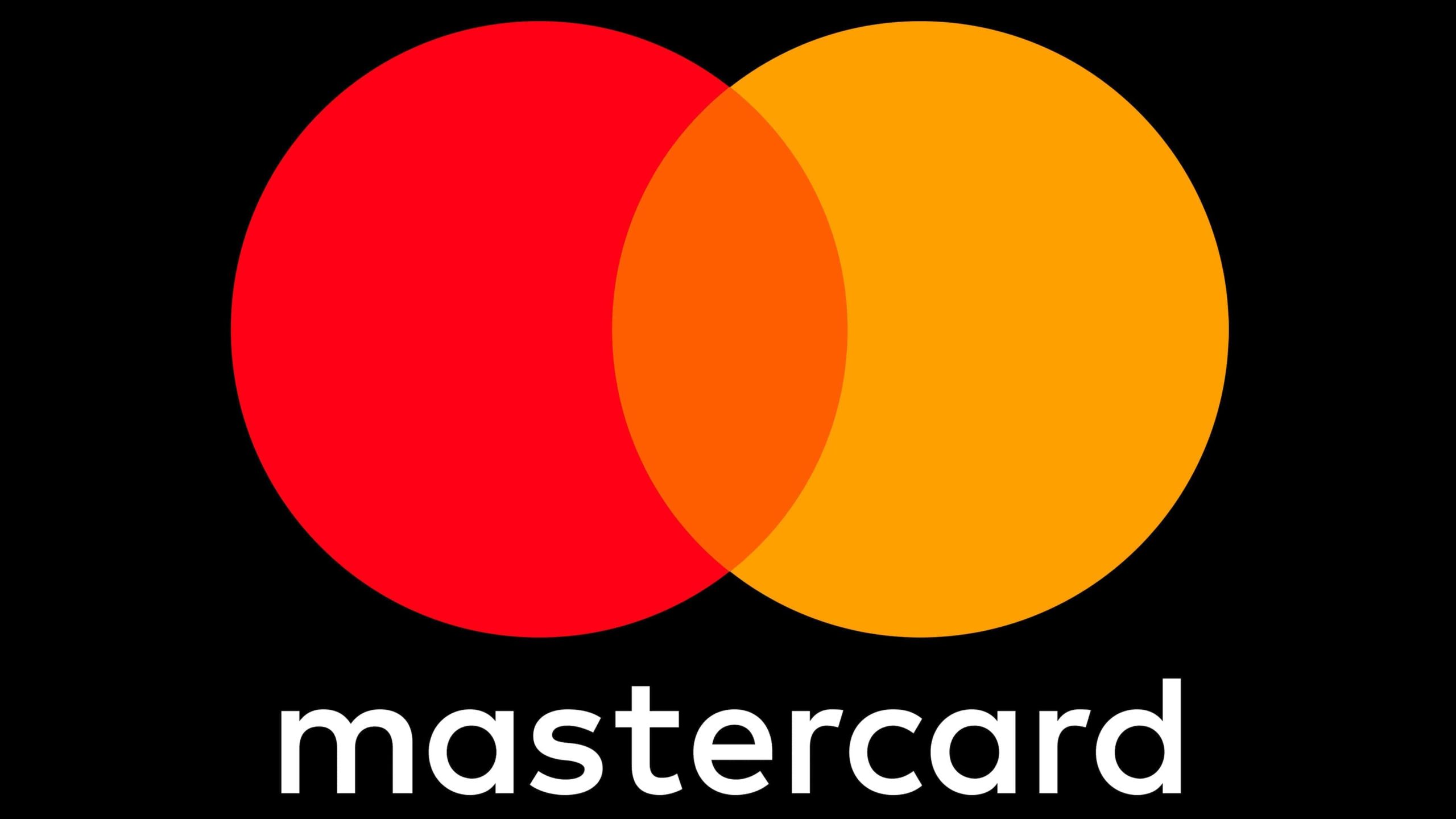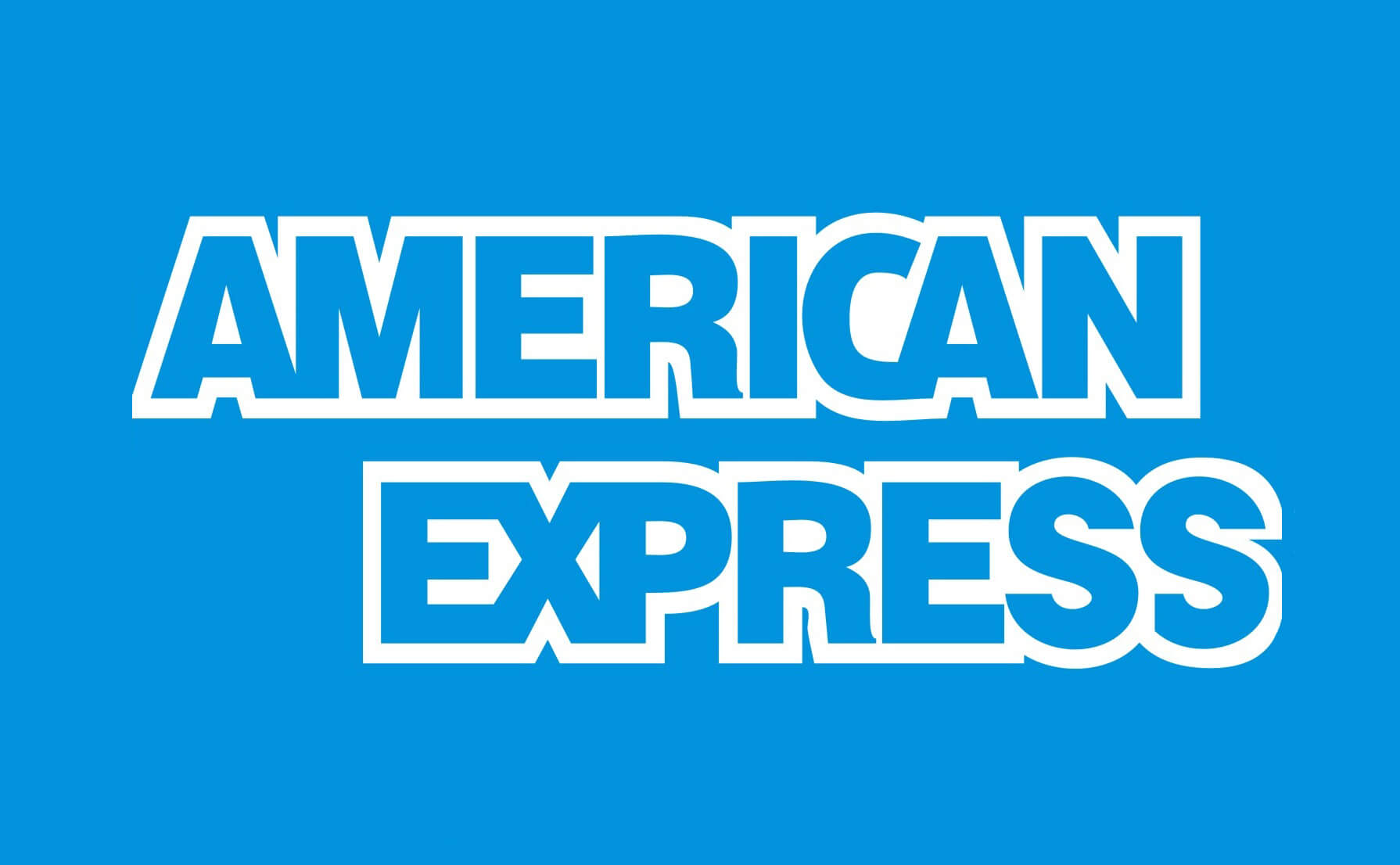Why ICI Chose Aluminum to Innovate Bumpers
Our newest line of Alumilite bumpers swapped traditional steel for aluminum for good reason. Let’s break down the perks of an aluminum bumper and why
Kyle Dahlquist started as a Design Engineer at ICI in Summer 2013. From a young age, Kyle was driven to work in the automotive industry. “I’ve been building cars since I could buy them,” said Kyle. “Fabrication and design are what I like to do.” Kyle is a bit of an adrenaline junkie, spending his free time jumping trucks and playing sports. From volleyball, to golf, to snowboarding, surfing and more, Kyle has diverse interests. Fun fact – Kyle played professional paintball. Read on to learn more about what it’s like to work as an engineer in the aftermarket auto accessories industry.


Kyle working on a new OE Lighting Solutions light bracket design.


Kyle working in the shop, testing a new OE Lighting Solutions bracket for fit.
#Engineer #InnovativeCreations #DesignEngineer #AftermarketAutoAccessories #aftermarketaccessories #ICI
Recent Posts
Our newest line of Alumilite bumpers swapped traditional steel for aluminum for good reason. Let’s break down the perks of an aluminum bumper and why
Ding, ding! Get ready to RUMBLE. We’re comparing the top Ford truck to RAM’s leading contender: the F-150 Raptor* vs. RAM 1500 TRX. Photo by
Many people have their preconceived notions about powder coating which are not all very accurate. Before discussing the top 5 myths about powder coating, let’s
Innovative Creations Ind (ICI) releases a low profile, Adaptive Cruise Control Ready Magnum Series Bumper for the 2017/18 Ford Raptor. The new Magnum front and
Innovative Creations Ind. (ICI) Introduces a radiused, plate steel, low-profile, non-winch version of their Magnum Series bumper for the Ford Super Duty. MAGNUM PLATE STEEL
2013 Toyota Tundra Crew Max: 4.0”/2.0” ReadyLIFT Suspension ReadyLIFT Series 1 Upper Control Arms Rancho RS9000 Front Struts and Rear Shocks 20×9 American Eagle Alloy Hardrock







Phone: 1(800)-626-8746, EXT 1
Email: [email protected]
Hours: Monday – Friday : 7:00 AM – 3:30 PM (AZ)
[email protected] | 1 (800) 626-8746
10016 S. 51st ST Phoenix AZ 85044